Have you ever spotted that fuzzy, moss-like plant hanging from tree branches and wondered what it is? That’s Usnea, a powerful lichen used for centuries as a natural remedy.
Often called “old man’s beard,” Usnea is actually a symbiotic blend of fungus and algae that packs a surprising medicinal punch.
Known for its antibacterial and antifungal properties, Usnea has long been used as a natural antibiotic to support the immune system and treat respiratory infections, wounds, and skin issues.
If you’re looking for a potent, plant-based remedy you can actually forage yourself, the health benefits of Usnea are too impressive to ignore. Let’s explore what makes this forest gem so unique and how you can use it at home.
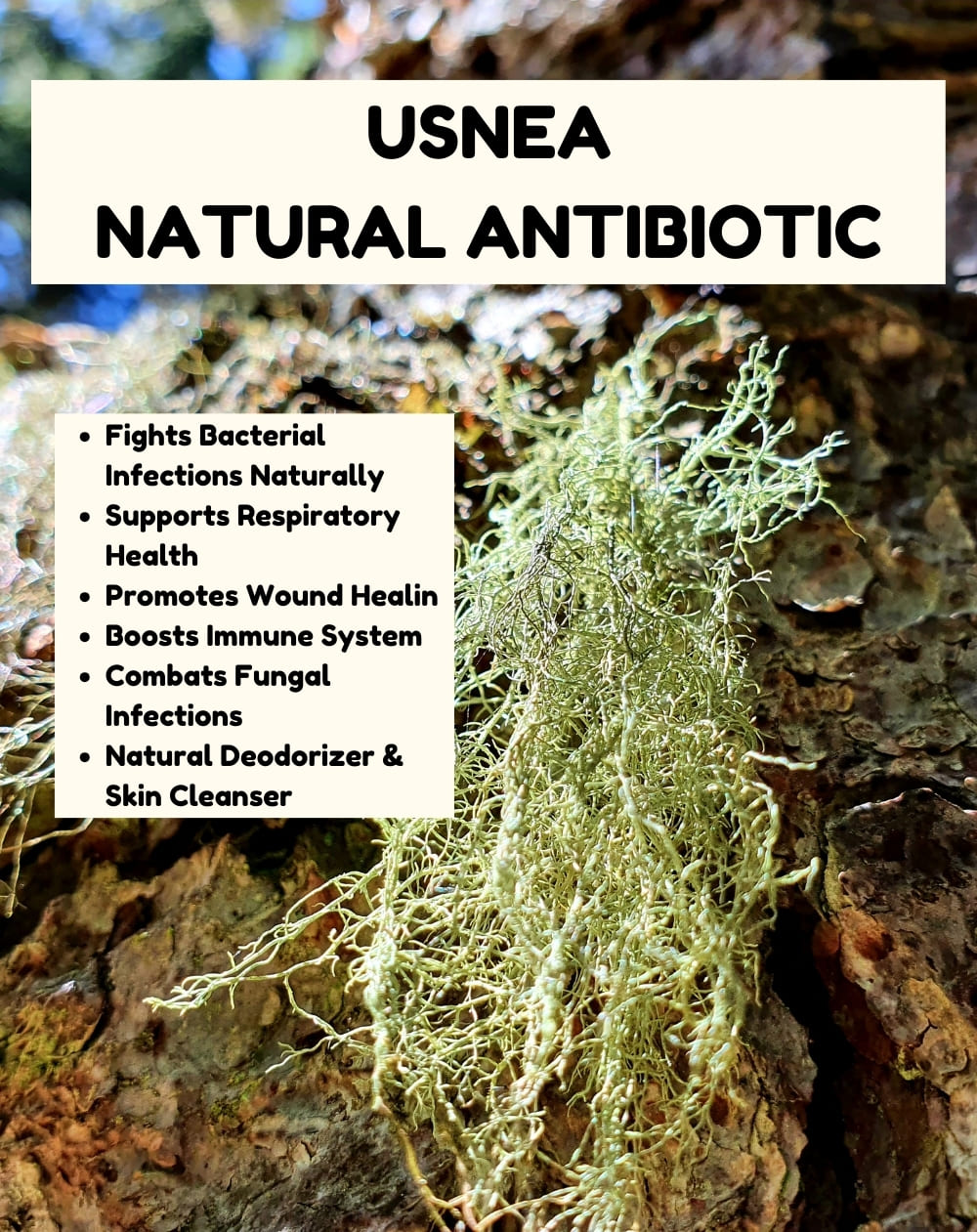
Health Benefits of Usnea
1. Fights Bacterial Infections Naturally
Usnea contains usnic acid, a compound with strong antimicrobial activity. Research published in Planta Medica confirms that usnic acid is effective against gram-positive bacteria such as Staphylococcus aureus and Streptococcus pneumonia.
This makes Usnea a reliable herbal option for combating infections without the resistance risks of synthetic antibiotics. Regular use, especially as a tincture, may help manage recurring bacterial infections over time.

2. Supports Respiratory Health
Traditionally used for bronchitis, sore throat, and sinus infections, Usnea acts as both an expectorant and antimicrobial. It helps clear mucus while fighting the bacteria that cause respiratory issues.
A study in the Journal of Ethnopharmacology supports Usnea’s effectiveness in managing upper respiratory tract infections. If used consistently, it can relieve chronic congestion and inflammation.
3. Promotes Wound Healing and Prevents Infection
Usnea has been applied topically for centuries to treat cuts, scrapes, and burns. Its natural antiseptic qualities help prevent infection and speed up healing.
According to Herbal Medicine: Biomolecular and Clinical Aspects, the usnic acid in Usnea disrupts bacterial growth and enhances tissue regeneration. Applying it as a poultice or infused oil may reduce redness, swelling, and risk of scarring.
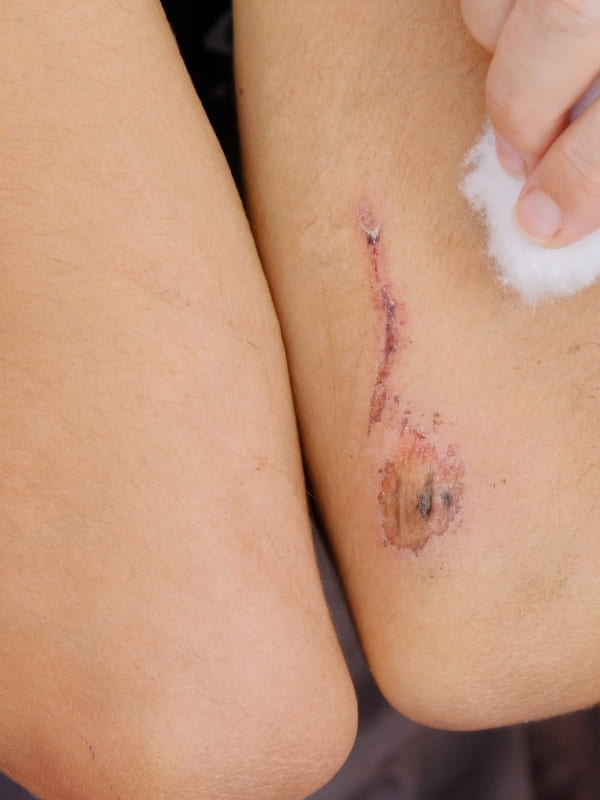
4. Boosts Immune System Function
Rich in antioxidants and immune-stimulating compounds, Usnea supports the body’s natural defenses. The presence of polysaccharides helps activate white blood cells, which play a key role in fighting infections.
Herbalists often recommend Usnea during cold and flu season as a preventive measure. When taken regularly, it may help reduce the frequency and severity of illness.
5. Combats Fungal Infections
Usnea doesn’t just target bacteria; it also has strong antifungal properties. Studies have found that usnic acid is effective against Candida albicans, a common fungal culprit behind yeast infections and oral thrush.
Topical application or internal use (under guidance) may help clear stubborn fungal issues without damaging healthy gut flora.
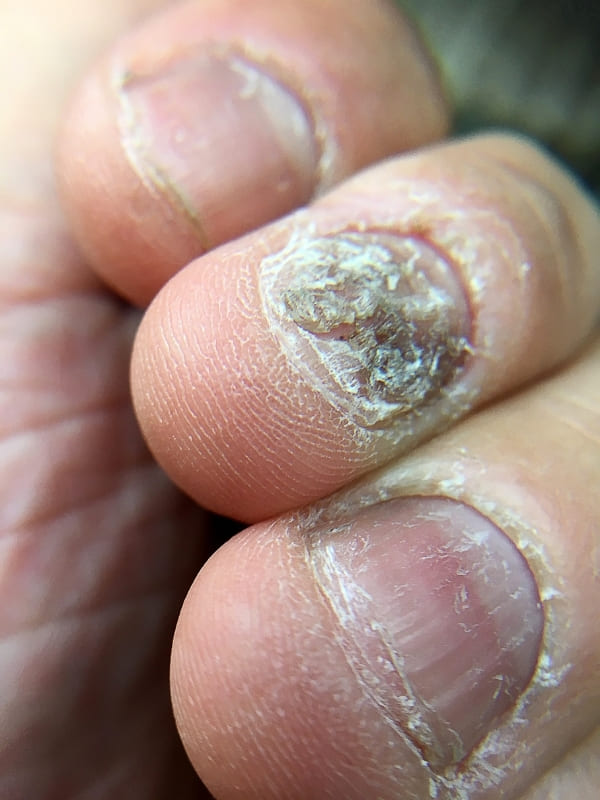
6. Acts as a Natural Deodorizer and Skin Cleanser
Thanks to its antimicrobial nature, Usnea works as a natural deodorant and skin toner. Infused with vinegar or alcohol, it can be used to cleanse the skin, reduce body odor, and soothe irritation.
Its astringent properties help tighten pores and remove excess oil, making it useful in homemade skincare formulations.
How to Use Usnea at Home
Usnea is incredibly versatile and can be used both internally and externally depending on the condition you want to treat.
1. Making a Usnea Tincture (for internal use)
- First, gather fresh Usnea lichen from clean, chemical-free trees (preferably hardwoods).
- Rinse and dry thoroughly to remove debris.
- Chop into small pieces and fill a glass jar halfway.
- Cover completely with 100-proof vodka or other high-proof alcohol.
- Seal tightly and let it steep in a dark, cool place for 4–6 weeks, shaking every few days.
- Strain and bottle in a dropper jar.
- Dosage: Take 10–20 drops up to 3 times daily for immune support or acute infections. Always consult a practitioner for long-term use.
2. Making Usnea Oil or Poultice (for external use)
- Simmer dried Usnea in coconut oil or olive oil for 30 minutes using a double boiler.
- Let it cool, then strain and store in a sterilized container.
- Apply directly to cuts, insect bites, or rashes as needed.
- You can also grind dried Usnea into powder and mix with clay or aloe for a natural wound poultice or skin mask.
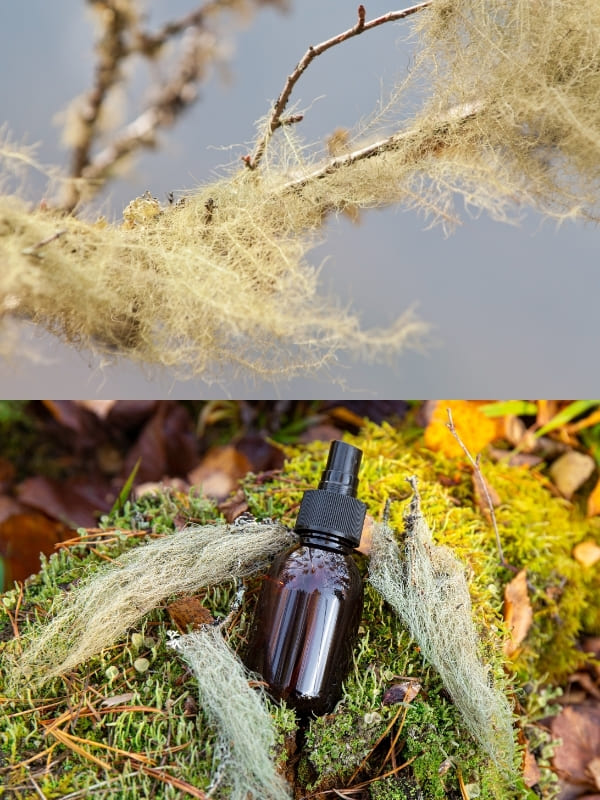
Cautions and Precautions
High doses of usnic acid have been linked to liver toxicity in rare cases, especially when isolated in supplement form. Always use whole-herb preparations and avoid synthetic extracts unless prescribed.
People with liver issues, pregnant or breastfeeding women, or those on prescription medications should avoid internal use unless guided by a qualified herbalist.
If you’re harvesting Usnea yourself, make sure it’s from clean environments and never collect from trees near roads, polluted areas, or chemically treated wood.
To test for skin sensitivity, apply a small amount of tincture or oil on the inside of your wrist. Wait 24 hours. If no irritation occurs, it’s generally safe to use externally.
Disclaimer
This article is for informational purposes only and is not intended to replace professional medical advice. Always consult your healthcare provider before using herbal remedies, especially if you are pregnant, nursing, or on medications.
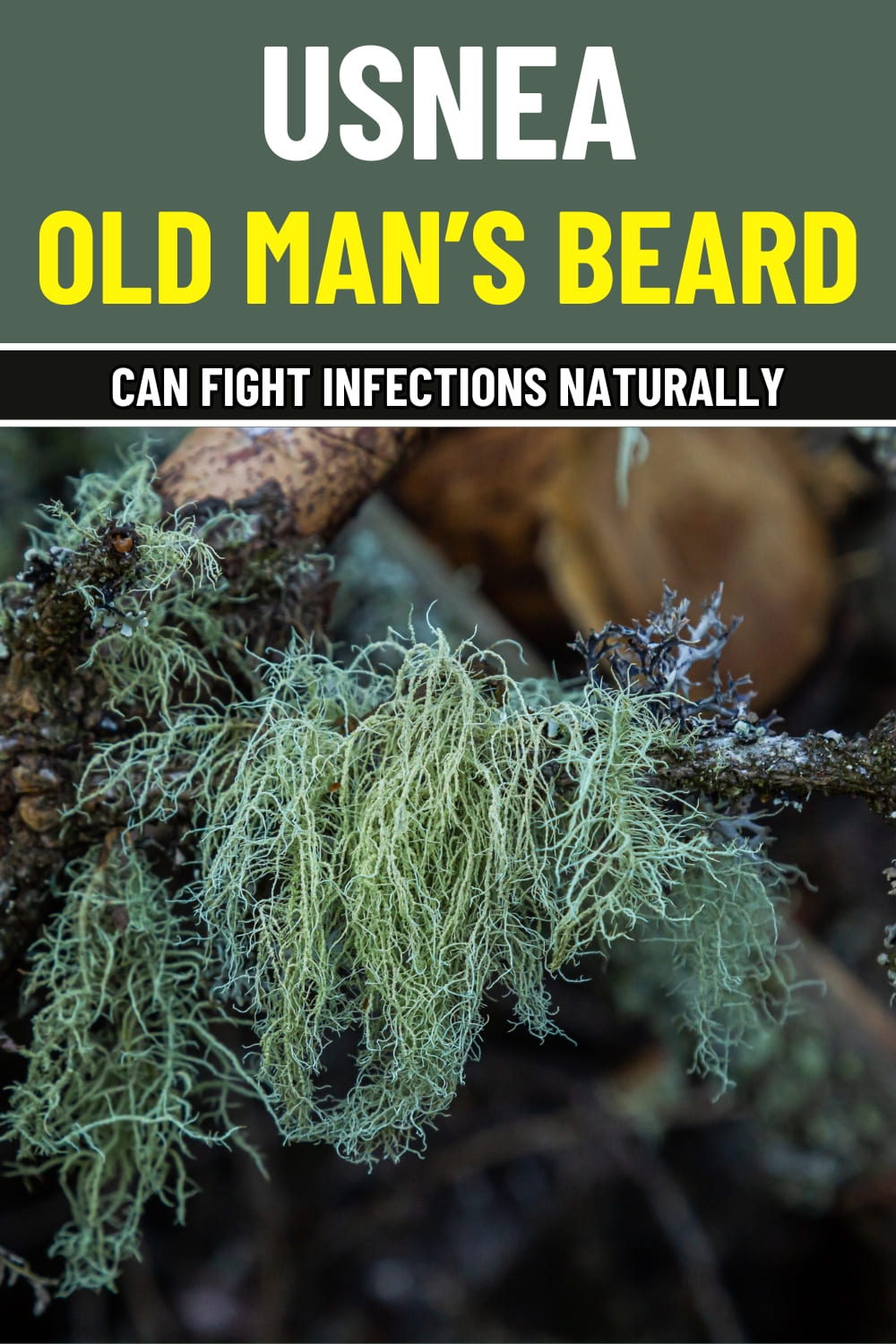
Usnea Is the Natural Antibiotic Hiding in Your Backyard
